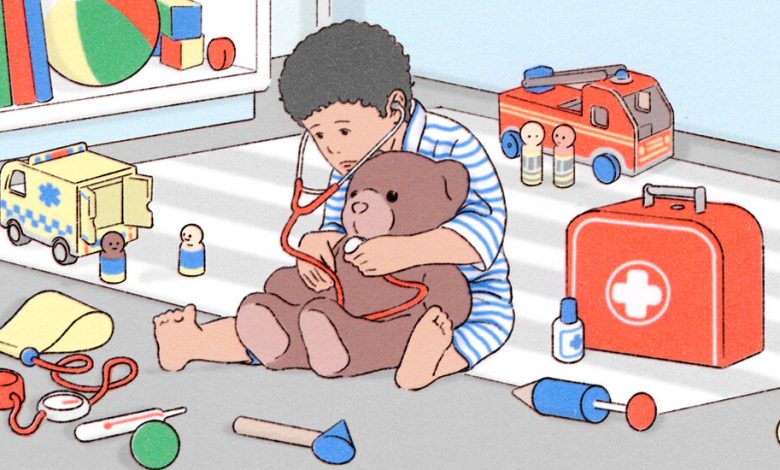Why It’s So Hard to Find a Pediatrician These Days

I haven’t actively practiced pediatrics for a few years, but one of my favorite things to do is to be an on-call physician for friends’ and colleagues’ kids. While most of their issues I can address over the phone, some need a recommendation for a pediatrician for in-person care. In the last few years, though, making such connections has been frustrating. Many pediatricians that I recommend can’t take on new patients.
There aren’t enough pediatricians right now, and because of that, some kids are unable to get the care they need. In Nevada, children can wait weeks or months for an appointment. In New Jersey, children who need a developmental pediatrician wait a minimum of three months. In Philadelphia, kids can wait three to six months for a pulmonologist and four months to see an allergist, and many can’t see a developmental pediatrician at all.
Things could get even worse: Fewer graduates from U.S. medical schools want to be pediatricians than we’ve seen in decades.
The results of this year’s medical residency match — a process where medical students are paired with residency programs in U.S. hospitals — were startling. More than 50,000 medical school graduates sought residency training in the 2024 match, an increase of almost 5 percent from the previous year. But the number of students applying to pediatric programs dropped more than 6 percent.
Approximately 30 percent of pediatric training programs failed to fill their available residency slots, leaving 252 positions vacant — a notable increase from just 88 vacant spots last year. This isn’t a minor hiccup; it’s a warning for the future of pediatric care in the United States.
Nurse practitioners and physician assistants could help fill the gap in pediatric primary care. But they cannot easily do so for subspecialty care, such as pediatric gastroenterologists, cardiologists and pulmonologists. “What’s been uniformly concerning for 20 years has been the waning interest in pediatrics subspecialties as the need has grown,” Atul Grover, executive director of the Association of American Medical College’s Research and Action Institute, told me. Because we’ve gotten better at treating many childhood illnesses, the number of children with complex diseases that require ongoing care into adulthood will likely increase.